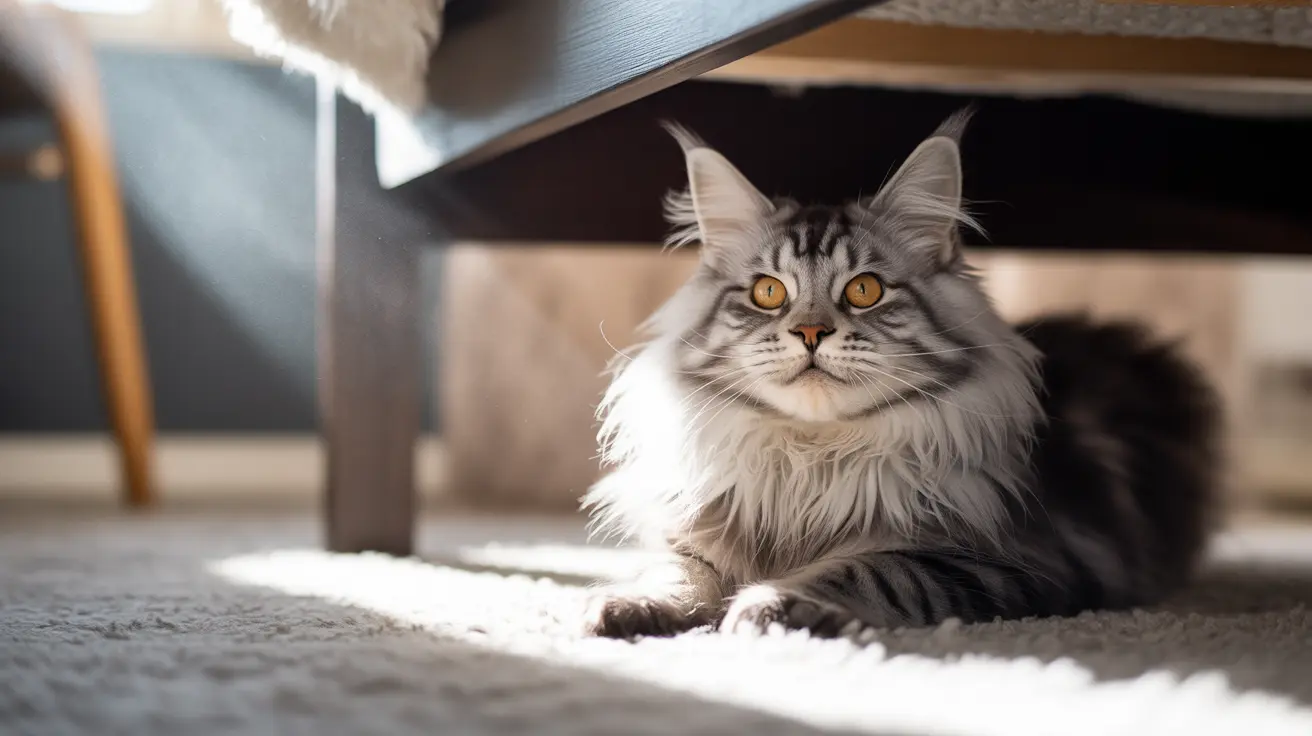Pyloric stenosis in cats is a challenging condition that affects the digestive system, specifically the passage between the stomach and small intestine. While rare, this condition can significantly impact a cat's health and quality of life if left untreated. Understanding its symptoms, causes, and treatment options is crucial for cat owners and veterinary professionals alike.
This comprehensive guide will explore everything you need to know about pyloric stenosis in cats, from early warning signs to the latest treatment approaches. Whether you're a concerned pet owner or a veterinary professional, this information will help you better understand and manage this complex condition.
What is Pyloric Stenosis?
Pyloric stenosis occurs when the pyloric canal, which connects the stomach to the small intestine, becomes abnormally narrowed. This narrowing prevents food from properly passing through the digestive system, leading to various complications. The condition can be either congenital (present at birth) or acquired later in life.
The muscular tissue around the pylorus becomes thickened, creating an obstruction that interferes with normal digestive function. This obstruction can range from mild to severe, with corresponding variations in symptoms and treatment needs.
Common Symptoms and Warning Signs
The most distinctive symptom of pyloric stenosis in cats is chronic vomiting, typically occurring several hours after meals. This vomiting often contains undigested or partially digested food, indicating that the stomach isn't properly emptying its contents into the small intestine.
Additional symptoms include:
- Persistent weight loss
- Decreased appetite
- Lethargy and weakness
- Dehydration
- Poor growth in young cats
- Visible discomfort after eating
Diagnosis Process
Diagnosing pyloric stenosis requires a comprehensive approach, as symptoms can mimic other digestive disorders. Veterinarians typically employ multiple diagnostic tools and techniques to confirm the condition:
Physical Examination and Tests
- Complete blood work
- Urinalysis
- Abdominal X-rays
- Contrast studies
- Ultrasound imaging
- Endoscopic examination
Treatment Approaches
Treatment for pyloric stenosis typically involves surgical intervention, especially in moderate to severe cases. The most common surgical procedures include pyloroplasty (widening the pyloric opening) and, in some cases, the Billroth I procedure.
Conservative Management
Before and after surgery, supportive care is essential and may include:
- Intravenous fluid therapy
- Nutritional support
- Anti-nausea medications
- Gastroprotective drugs
- Dietary modifications
Recovery and Prognosis
The prognosis for cats with pyloric stenosis is generally favorable when appropriate treatment is provided. Most cats show significant improvement following surgical correction, though some may experience mild, manageable symptoms occasionally.
Post-operative care and monitoring are crucial for ensuring optimal recovery. Regular follow-up appointments help veterinarians track progress and address any emerging concerns promptly.
Frequently Asked Questions
What are the common signs and symptoms of pyloric stenosis in cats?
The most common signs include chronic vomiting (especially several hours after eating), weight loss, decreased appetite, dehydration, and lethargy. Young cats may show poor growth or failure to thrive.
How is pyloric stenosis diagnosed in cats, and what tests are typically used?
Diagnosis involves multiple tests, including blood work, X-rays, contrast studies, ultrasound, and endoscopy. The combination of these diagnostic tools helps veterinarians confirm the condition and rule out other potential causes.
What causes pyloric stenosis in cats, and are certain breeds more prone to this condition?
The exact cause isn't always clear, but it can be congenital or acquired. Siamese cats appear to be more predisposed to the condition, suggesting a possible genetic component.
What treatment options are available for cats diagnosed with pyloric stenosis, and how effective are they?
Surgery is the primary treatment option, with procedures like pyloroplasty being most common. These surgical interventions are generally very effective, with most cats showing significant improvement post-operation.
Can pyloric stenosis lead to complications, and what is the long-term outlook after surgery?
Without treatment, complications can include severe malnutrition and dehydration. However, with proper surgical intervention and aftercare, most cats have an excellent long-term prognosis and return to normal life.
Understanding pyloric stenosis in cats is crucial for early detection and successful treatment. While the condition is rare, awareness of its symptoms and treatment options can help ensure better outcomes for affected cats. Always consult with a veterinarian if you notice persistent digestive issues in your cat, as early intervention often leads to the best results.






